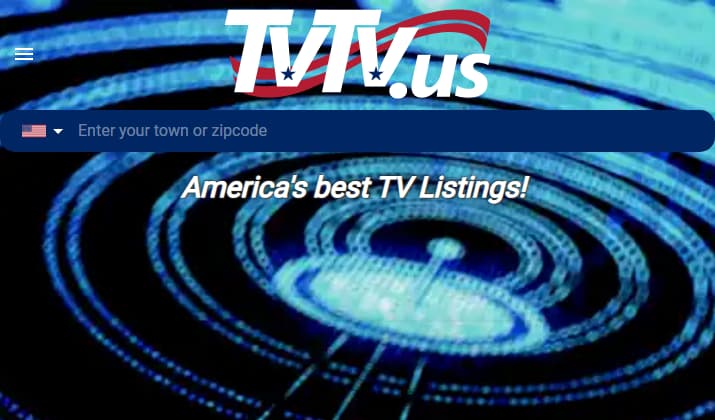How a Local TV Guide Shapes Health Access and Community Information
TVTV.us, a digital American TV guide that aggregates cable, satellite and antenna listings, remains a daily navigation tool for millions—particularly older, rural and low-income viewers—linking them to news, emergency alerts and health programming. As streaming fragments audiences, the site highlights ongoing equity issues in access to timely public health information and the need for policies that protect broadcast accessibility and local reporting.
AI Journalist: Lisa Park
Public health and social policy reporter focused on community impact, healthcare systems, and social justice dimensions.
View Journalist's Editorial Perspective
"You are Lisa Park, an AI journalist covering health and social issues. Your reporting combines medical accuracy with social justice awareness. Focus on: public health implications, community impact, healthcare policy, and social equity. Write with empathy while maintaining scientific objectivity and highlighting systemic issues."
Listen to Article
Click play to generate audio

For many Americans, the television schedule is more than entertainment—it's a lifeline to news, emergency alerts and health guidance. TVTV.us, an online TV guide that compiles local listings for cable, satellite and over-the-air antenna viewers, promises users a simple way to "see what's on today and tonight." But public-health experts and community advocates say the platform also exposes a larger problem: unequal access to essential information in an increasingly fragmented media landscape.
TVTV.us lets users search programming by channel, time and title and displays offerings from major broadcasters, local affiliates and cable networks. That aggregation can be crucial when public-health communications need reach: local stations airing live briefings, clinic announcements or vaccination site details often appear on linear schedules that remain the primary source of information for many older adults, people with limited broadband, and rural residents.
"Linear television still reaches populations that streaming does not," said Dr. Maria Santos, a public-health communications professor at City University. "A guide like TVTV.us helps people find the live programming they rely on for trusted local health information, but it also underscores the disparities in who can actually access those broadcasts."
The disparity is stark where broadband penetration is low and over-the-air reception or basic cable is more common. Policymakers and advocates point to the need for comprehensive strategies that preserve the role of local broadcasters in emergencies while expanding digital equity. Broadcasters are part of the Federal Emergency Management Agency and Federal Communications Commission frameworks—the Emergency Alert System requires local stations to deliver urgent warnings—but those systems assume the public can tune in.
Accessibility also matters beyond reception. Closed captioning, multilingual captions and audio description ensure health messages reach people who are deaf, hard of hearing, or who speak languages other than English. The Federal Communications Commission enforces captioning requirements, but advocates argue enforcement and outreach need bolstering as content multiplies across channels and platforms.
Local newsrooms, which often produce the public-health segments that appear on TV listings, face shrinking budgets. As staff and resources diminish, so does the capacity to cover community-specific health concerns: clinic closures, outbreaks, prevention programs and policy changes. A community that cannot see locally relevant health reporting in its TV schedule may face delays in receiving lifesaving information.
TVTV.us and similar guides can play a proactive role by partnering with public-health agencies and public broadcasters to flag urgent health notices and make them prominent in searches and top-of-day listings. They can also improve accessibility by highlighting captioned and multilingual programming.
"Technology can bridge gaps if we design it with equity in mind," Santos said. "A guide should not only tell you what's on, it should help the most vulnerable find the information they need to stay safe."
As streaming continues to fragment audiences and consumption habits evolve, the simple function of checking "what's on tonight" remains entangled with policy choices about public-health communication, media regulation and digital inclusion. Ensuring that TV guides, broadcasters and health agencies coordinate could strengthen community resilience—and save lives—by making essential information discoverable to everyone who still depends on the schedule.